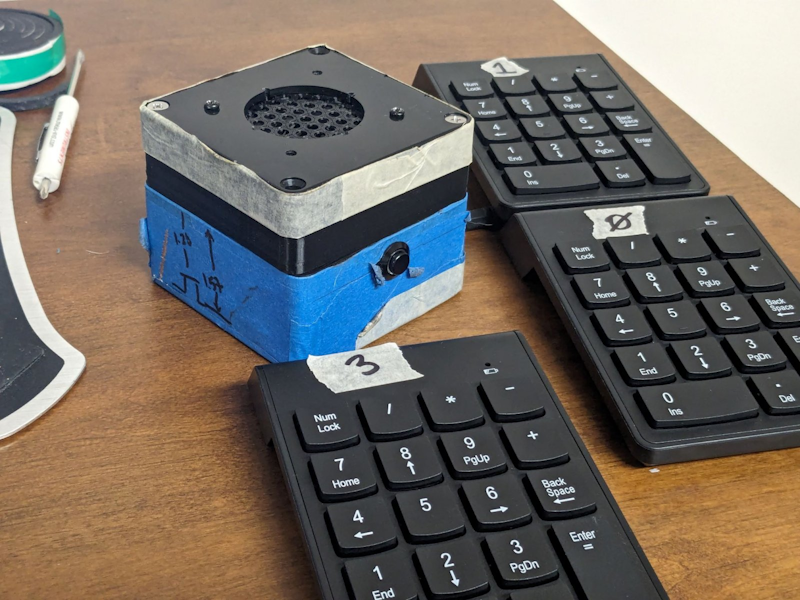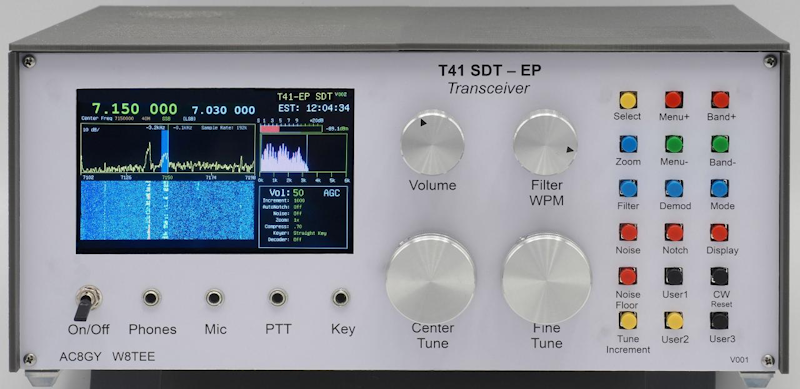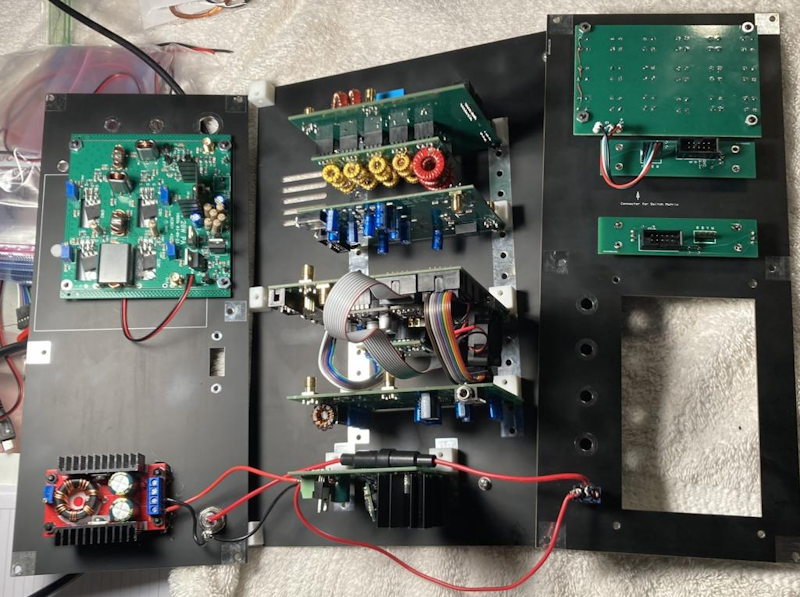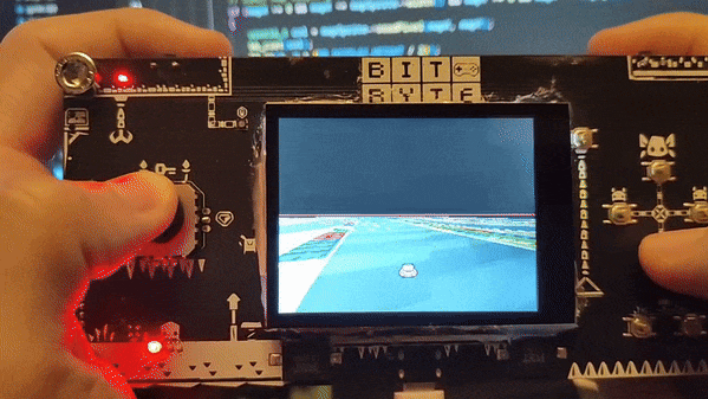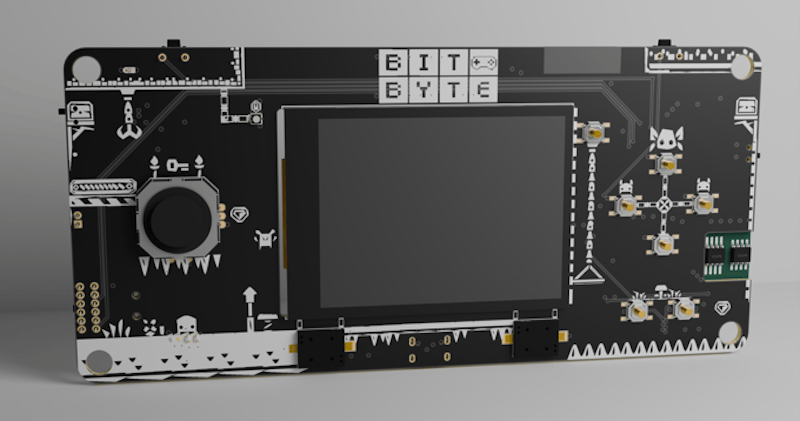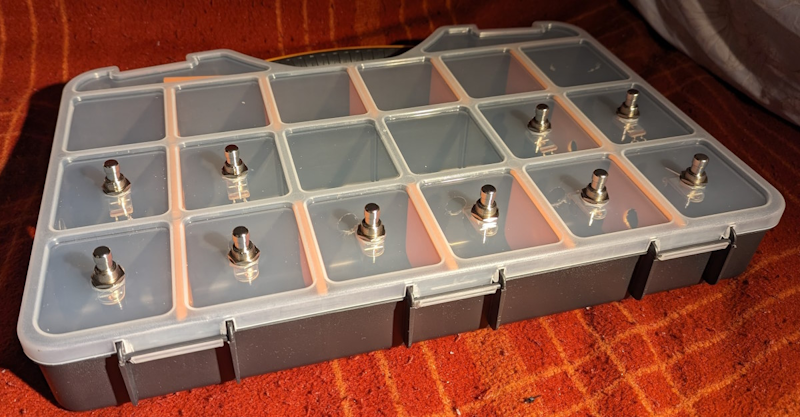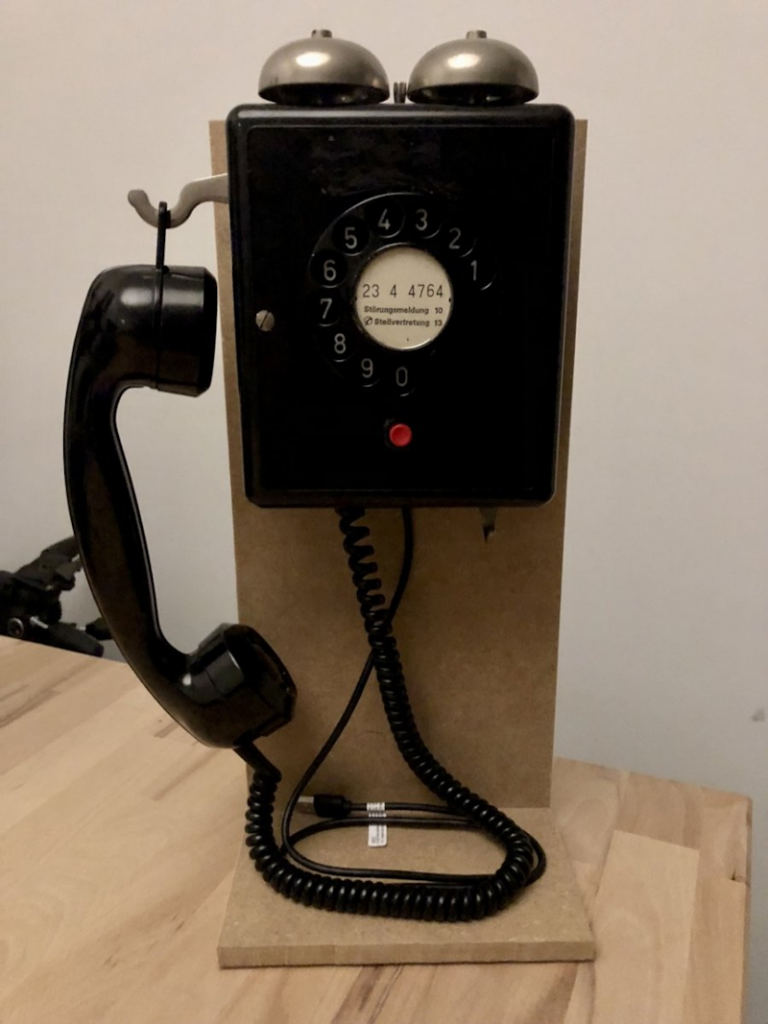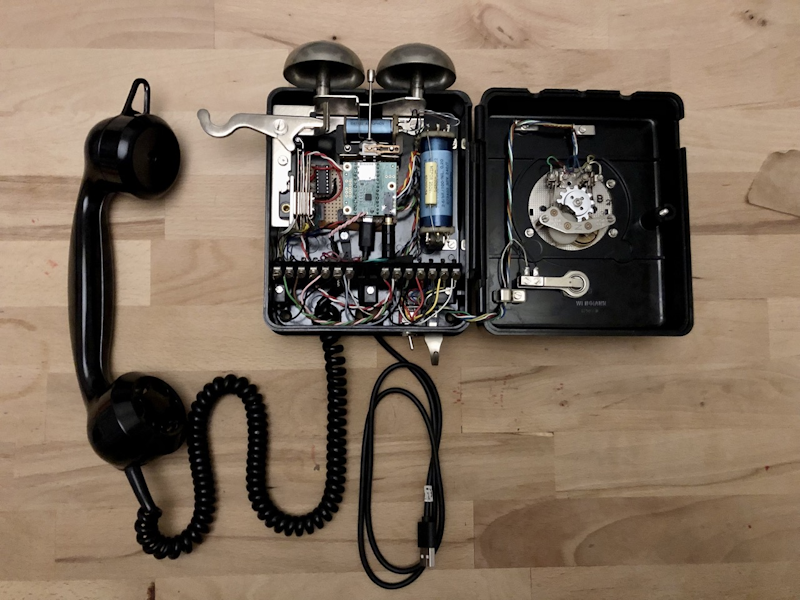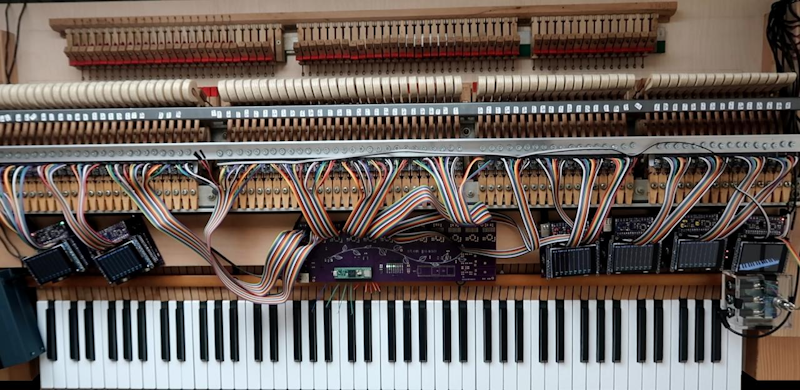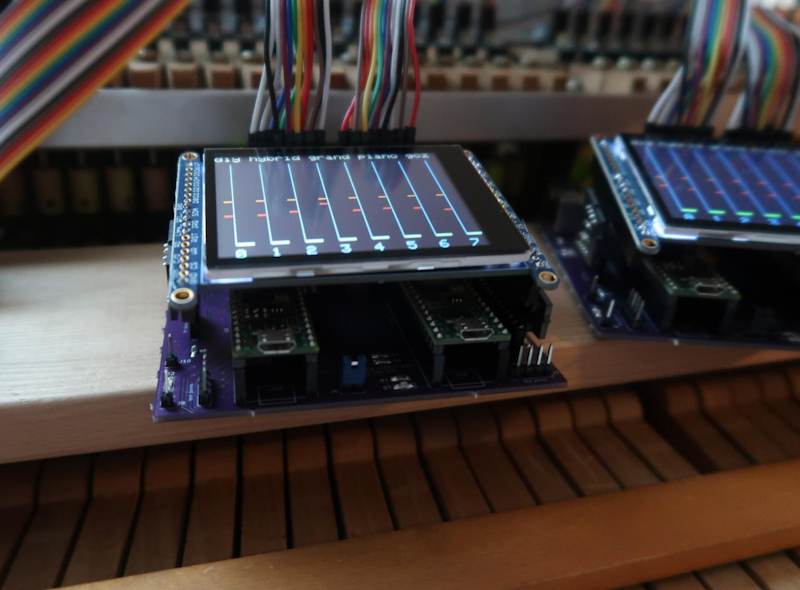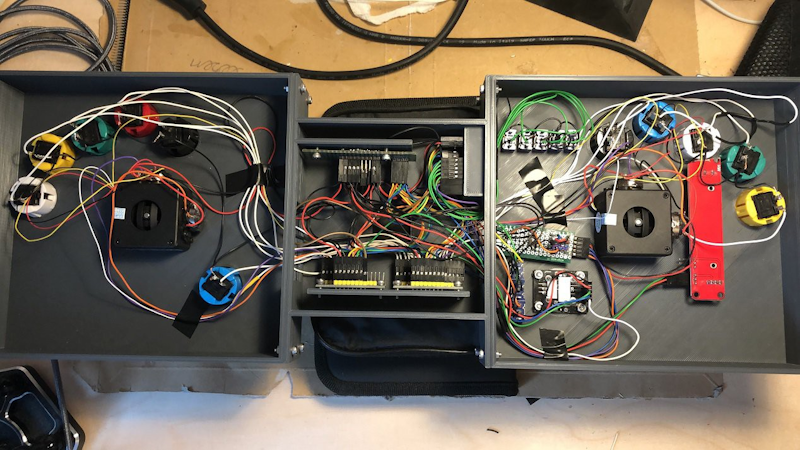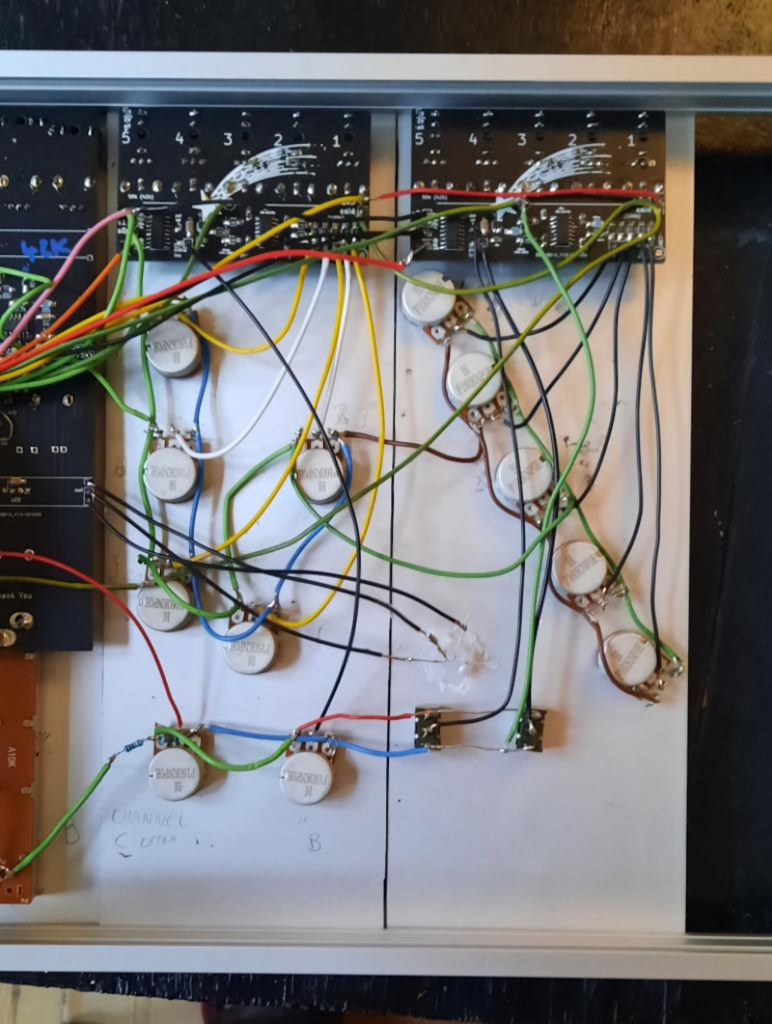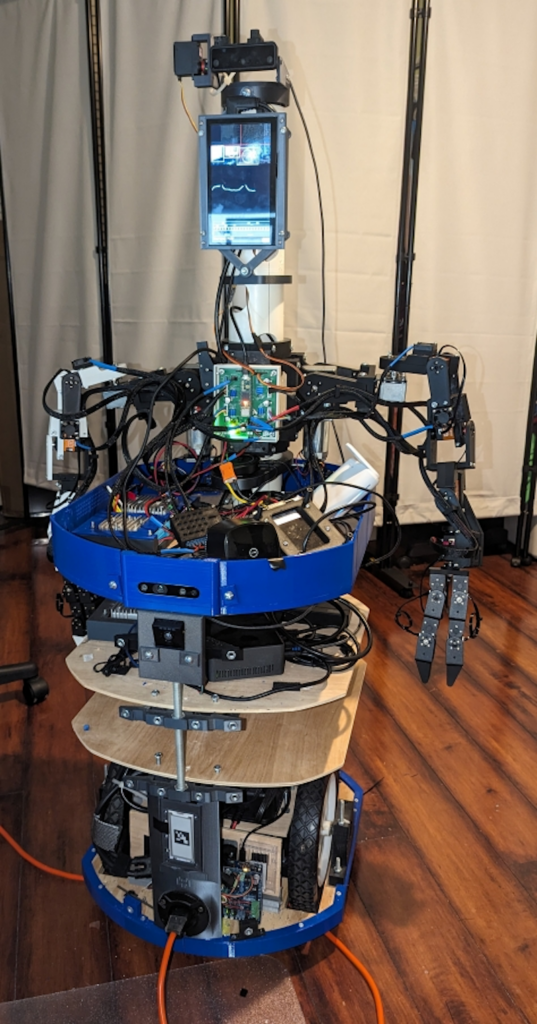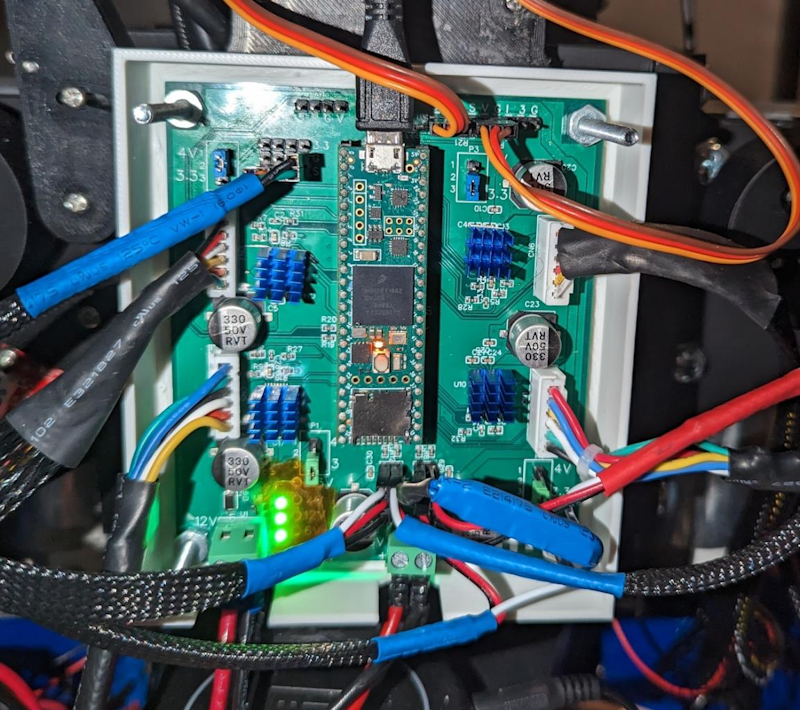What do you get when you cross a Raspberry Pi 4 with a Teensy 4.1 with a Teenage Engineering OP-1? Perhaps something like the LMN3 from Fundamental Frequency!
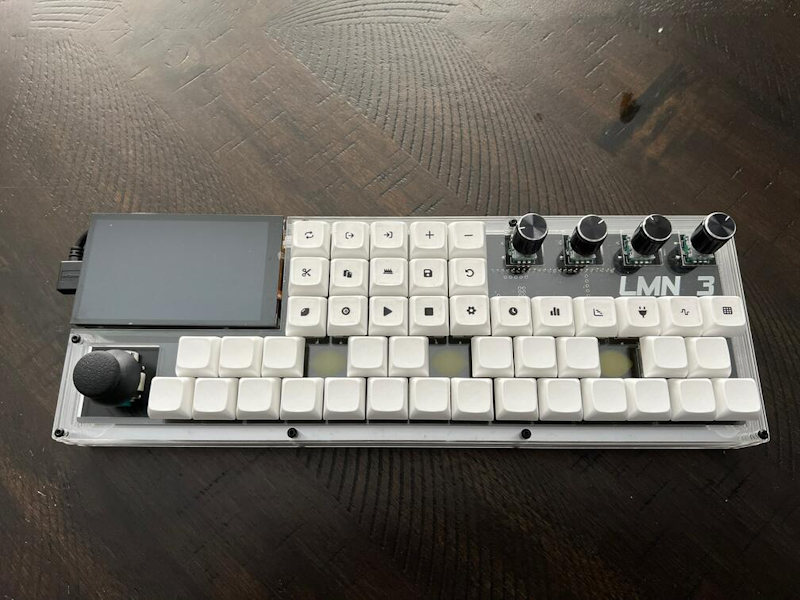
This self-described “open source DAW-in-a-box” leverages the Pi-based Tracktion Engine DAW tools with a Pimoroni HyperPixel 4.0 display, and a Teensy interfacing with the hardware layer.
An extremely impressive GitHub organization houses the DAW software, Teensy firmware, FreeCAD and KiCad files, a detailed build guide, and even a MIDI-enabled emulator!
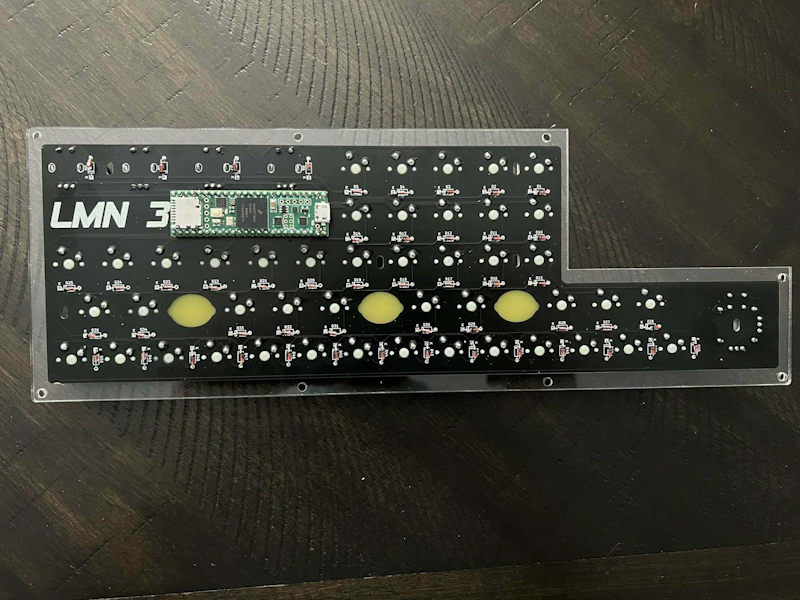
The current functionality includes multitrack recording and editing, plugins, sampler, sequencer, effects, clip cut/paste, loop controls, and project rendering. Check out the video below, then head over to the BOM and pick up the parts to make your own today!

